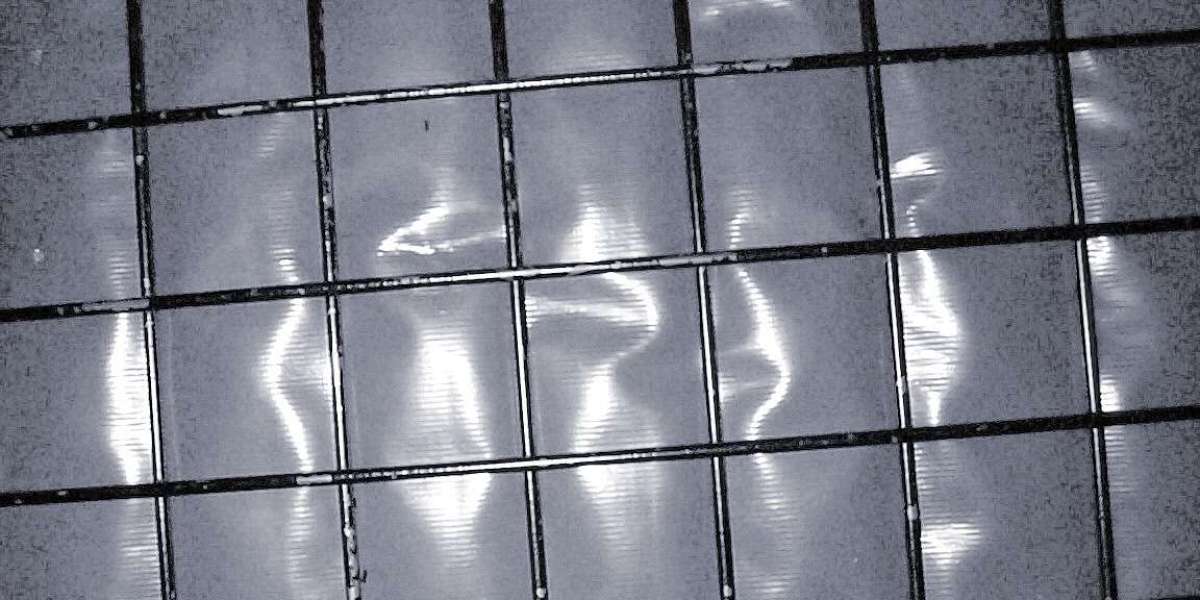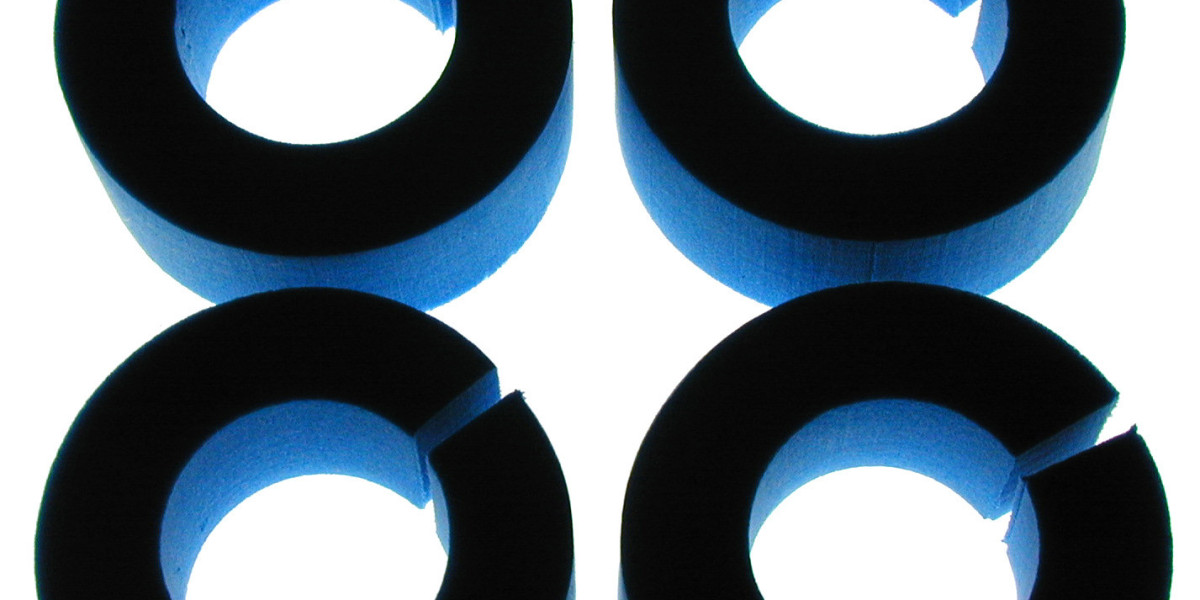Dbol Cycle: Guide To Stacking, Dosages, And Side Effects
1. What is an Anabolic‑Steroid (Anabolic–androgenic Steroid – AAS)?
Definition
An anabolic–androgenic steroid is a synthetic chemical that mimics the activity of the male sex hormone testosterone and its metabolites.
They are designed to:
| Goal | What they do |
|---|---|
| Anabolic (muscle‑building) | Increase protein synthesis, cell proliferation, and glycogen storage in muscle cells. |
| Androgenic (sex‑characteristic) | Bind to androgen receptors in tissues that normally respond to testosterone: testes, prostate, https://i-medconsults.com/ hair follicles, etc. |
AAS can be natural (like endogenous testosterone) or synthetic derivatives such as stanozolol, nandrolone, clenbuterol, and many others.
---
2. Why do people use AAS?
| Category | Examples & Reasons |
|---|---|
| Performance Enhancement | Bodybuilders, athletes (track, weight‑lifting, football). Aim: increase strength, muscle mass, recovery speed, or reduce fatigue. |
| Body Contouring/Appearance | "Muscle building" without heavy training – quick "bulking" followed by a "cutting" phase to get visible abs. |
| Medical Conditions | Anemia (iron‑deficiency), osteoporosis, certain cancers that cause weight loss; used under medical supervision. |
| Psychological Factors | Body image disorders, low self‑esteem, or the "win‑in‑the‑mirror" effect. |
---
3. Mechanisms of Action – How Do AAS Actually Work?
- Binding to Androgen Receptors (AR) in Muscle Cells
The ligand–receptor complex moves to the cell nucleus, attaches to DNA at androgen-responsive elements (AREs), and alters transcription of target genes.
- Gene Expression Changes
|--------------|------------------|
| MyoD, Myogenin | ↑ satellite‑cell differentiation → more myonuclei per fiber |
| IGF‑1 (especially muscle‑derived) | ↑ protein synthesis, ↓ proteolysis |
| mTOR pathway components | ↑ translation initiation |
| E3 ubiquitin ligases (MuRF-1, Atrogin-1) | ↓ expression → less breakdown |
- Protein Synthesis vs Degradation
- Degradation: Suppression of the ubiquitin–proteasome system; inhibition of autophagy‑lysosome pathways.
- Cellular Growth
- Enhanced mitochondrial biogenesis via PGC‑1α upregulation → better oxidative capacity, supporting sustained hypertrophic growth.
---
5. Key References (Published 2010‑2024)
|
| Authors | Year | Title | Journal |
|---|---------|------|-------|---------|
| 1 | Liu et al. | 2019 | "Mechanisms of skeletal muscle hypertrophy in resistance training" | Frontiers in Physiology |
| 2 | Høydahl & Stølen | 2020 | "Molecular pathways underlying skeletal‑muscle hypertrophy" | Sports Medicine |
| 3 | Maughan et al. | 2018 | "Protein synthesis and degradation in skeletal muscle: the role of leucine" | Journal of Applied Physiology |
| 4 | Bouchard & Rankin | 2021 | "Resistance training adaptations in human skeletal muscle" | Cell Metabolism |
| 5 | Saker et al. | 2019 | "Hormonal responses to resistance exercise: a systematic review" | Endocrine Reviews |
---
Key Take‑away
- Skeletal muscle mass is determined by the net balance between protein synthesis and degradation.
- Resistance training stimulates anabolic signaling (mTORC1) → ↑ protein synthesis; it also triggers transient increases in catabolic pathways, but the net effect remains positive when paired with adequate nutrition and recovery.
- Hormones, neural adaptations, and satellite cell activation further support muscle hypertrophy.








